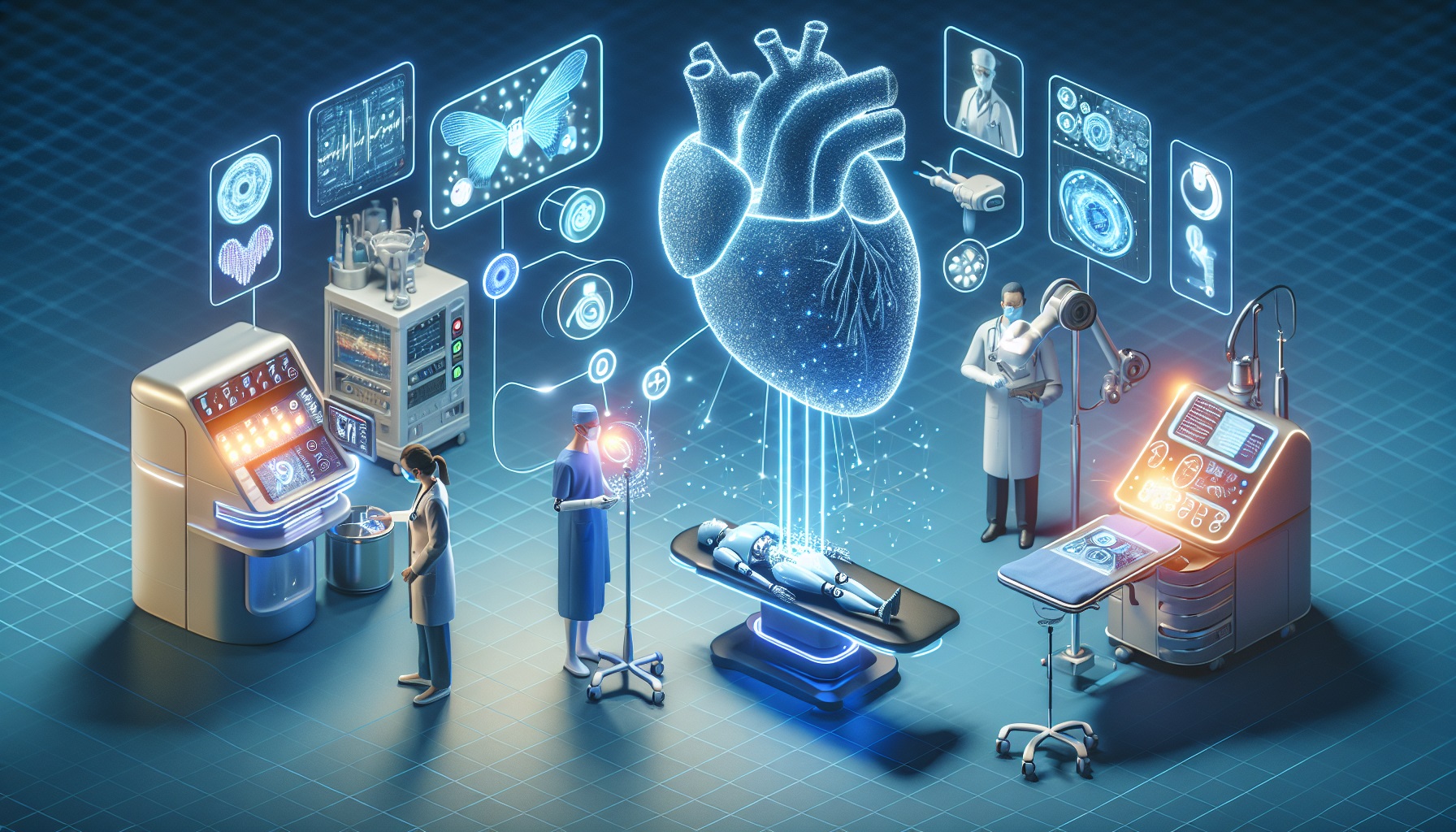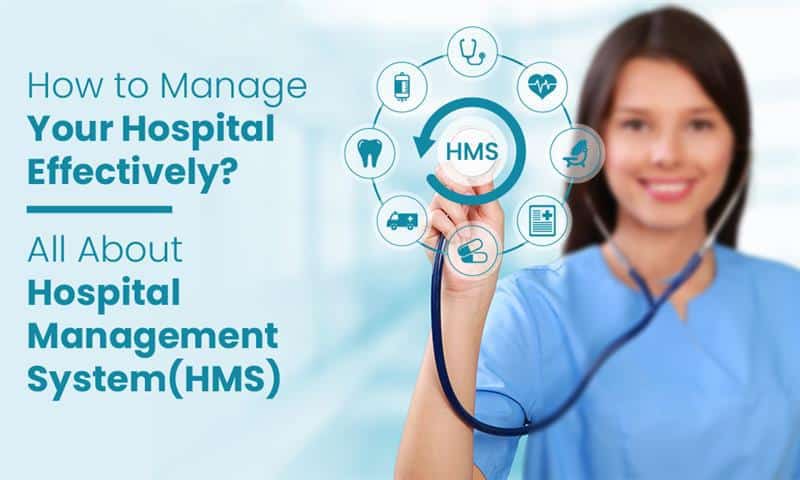
Technology is rapidly transforming the healthcare landscape, offering innovative solutions that are improving patient care, enhancing operational efficiency, and reducing errors. This blog explores the role of information technology (IT) in modern healthcare, focusing on how technological advancements—from Electronic Health Records (EHRs) to telemedicine—are shaping the way healthcare is delivered. With the adoption of these IT solutions, healthcare providers are able to streamline hospital operations, improve communication, and ultimately provide more accurate and timely care to patients.
One of the most significant developments in healthcare technology is the implementation of Electronic Health Records (EHRs). EHRs allow for the digitalization of patient data, enabling healthcare providers to easily access, update, and share patient information in real-time. This eliminates the need for paper records, reduces the risk of errors, and ensures that healthcare providers have the most current and accurate information when making clinical decisions. This blog will discuss how EHRs not only improve patient care by making information readily accessible but also contribute to interoperability, allowing different healthcare systems to communicate and share data efficiently, which is crucial for continuity of care.
Another key technological advancement in healthcare is telemedicine. Telemedicine allows healthcare providers to diagnose, treat, and monitor patients remotely, making healthcare more accessible and convenient, especially for those in rural or underserved areas. During the COVID-19 pandemic, telemedicine became a vital tool in ensuring that patients could continue receiving care while minimizing the risk of exposure. This blog will explore the benefits of telemedicine, including its ability to increase patient engagement, reduce healthcare costs, and provide quicker access to healthcare services. We will also examine some of the challenges of telemedicine, such as technology access and privacy concerns, and discuss how these can be addressed to make telemedicine more effective.
In addition to these well-established technologies, artificial intelligence (AI) and machine learning are becoming increasingly integrated into healthcare systems. AI-powered tools are now being used for a wide range of applications, from medical diagnostics to personalized treatment plans. For example, AI algorithms can analyze medical images to identify conditions like cancer, detect abnormalities in radiology scans, and even predict patient outcomes based on data analysis. This blog will highlight how AI is helping healthcare providers make more accurate diagnoses and treatment decisions, ultimately improving patient outcomes.
Machine learning, a subset of AI, is also making strides in predictive analytics. By analyzing large volumes of patient data, machine learning models can identify patterns and predict which patients are at risk for developing certain conditions, such as diabetes or heart disease. This enables healthcare providers to take preventative action, offering early interventions that can improve long-term health outcomes. The blog will discuss real-world examples of how AI and machine learning are being used in medical research and clinical practice, transforming the way healthcare is delivered.
Moreover, this blog will examine other emerging trends in healthcare technology, such as the use of wearable devices, robotic surgeries, and blockchain for secure data sharing. These innovations are not only making healthcare more efficient but are also empowering patients to take a more active role in their own care. Wearables like fitness trackers and glucose monitors help patients monitor their health in real-time, while robotic surgery allows for more precise and minimally invasive procedures, leading to faster recovery times and fewer complications.
Ultimately, this blog will emphasize how these technological advancements are improving patient care, reducing errors, and streamlining operations. By integrating cutting-edge IT solutions, healthcare providers can enhance patient safety, improve clinical outcomes, and make healthcare more efficient and accessible. The blog will also explore the challenges of adopting new technologies, including data security, patient privacy, and the need for training healthcare professionals to use these systems effectively.




